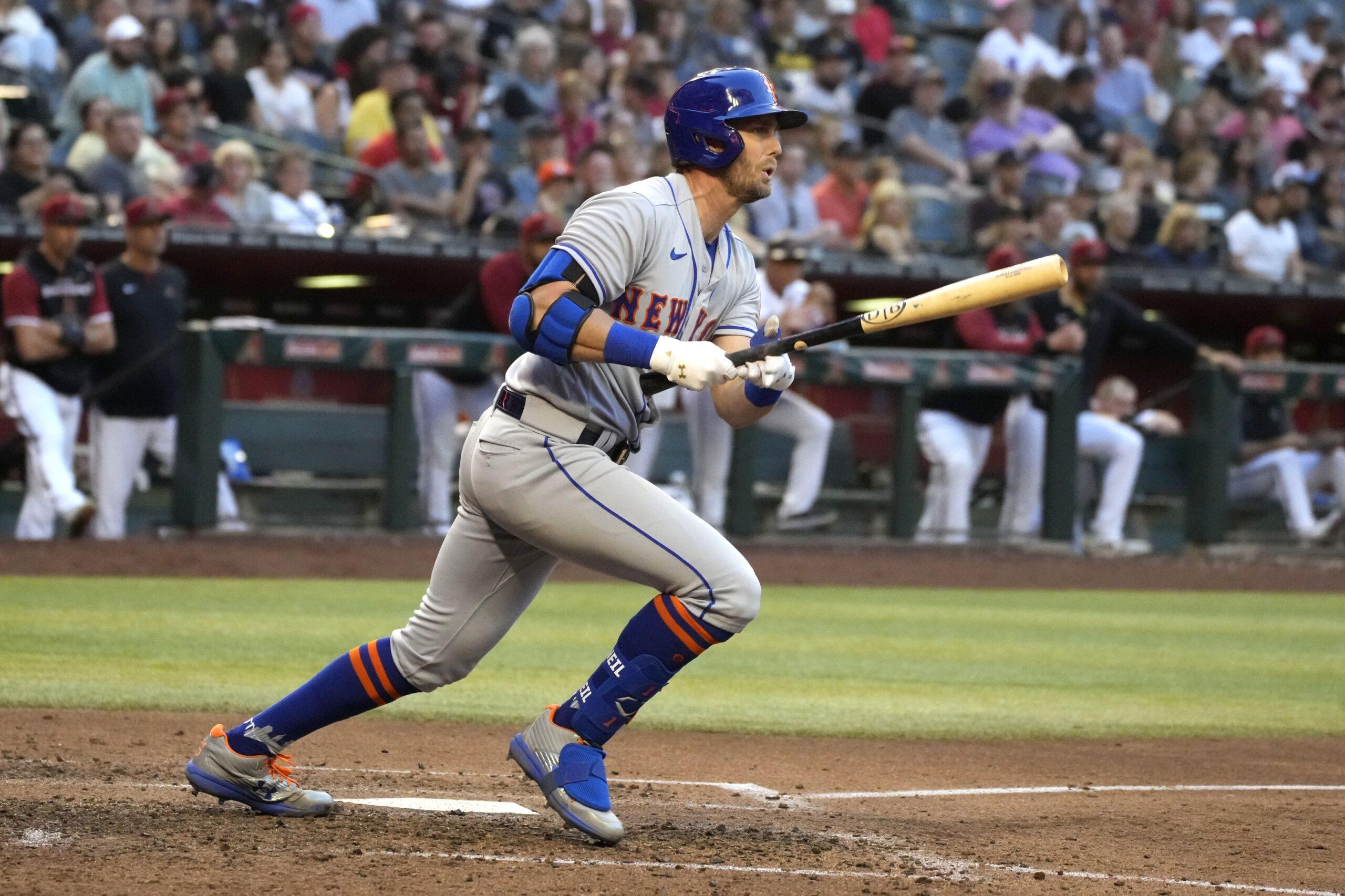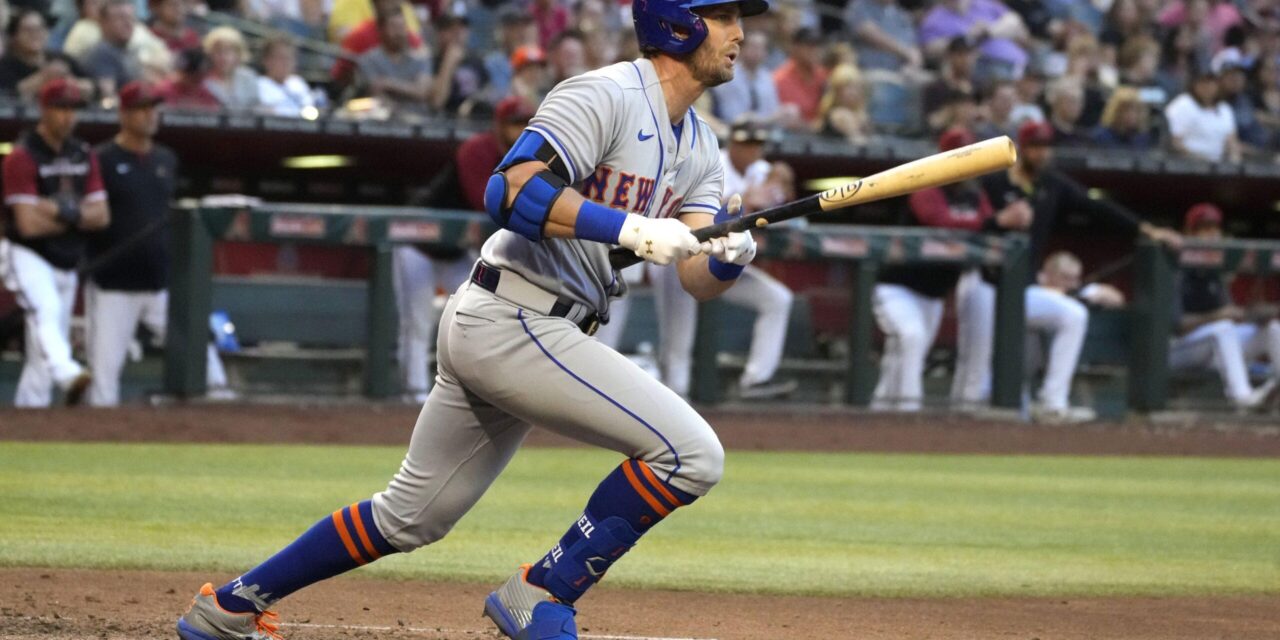
Rick Scuteri-USA TODAY Sports
Major League Baseball has taken steps, and plans to take more, to increase fan interest in the game. Two facets of the game that MLB has targeted are pace of play, and the number of balls put in play during a game (as defined “the need for a fielder to make a play on a batted ball”).
It’s no secret that in recent years, there has been more of an emphasis on the home run. We now talk about “launch angle”, and have seen hitters ignore gaping holes on the diamond to try to hit a ball over the defense, and ideally over the wall. Let’s face it, home runs are exciting. The problem is that the pursuit of home runs can be not-so-exciting, particularly strikeouts which have been increasing steadily.
Not only does the desire to put one over the fence result in fewer balls in play (and to many, a less entertaining product), it also can slow the game down, as hitters take more pitches as they seek one they can drive. Next year, we will see a pitch clock as an attempt to quicken the pace of play, and a ban on infield shifts to try to de-emphasize launch angle and encourage more contact.
Putting numbers to the recent reduction in balls put in play, here is some information from Chuck Bannon of Qlik.
In the 2009 season, batters put 130,217 balls in play. In subsequent seasons, the number has dropped between 1k-2k per season and this year (2019) is projected see only 120,320 baseballs put into play. The math shows a difference of 9,897 (-7.6%) less baseballs put into play. When you look at the numbers on a per game basis, we can see that in 2009, the number of baseballs in play per game was 26.79 baseballs needed to be fielded defensively. In 2018, the projected number of baseballs in play per game drops to 24.86. That is a drop-off of almost 2 less per game.
















